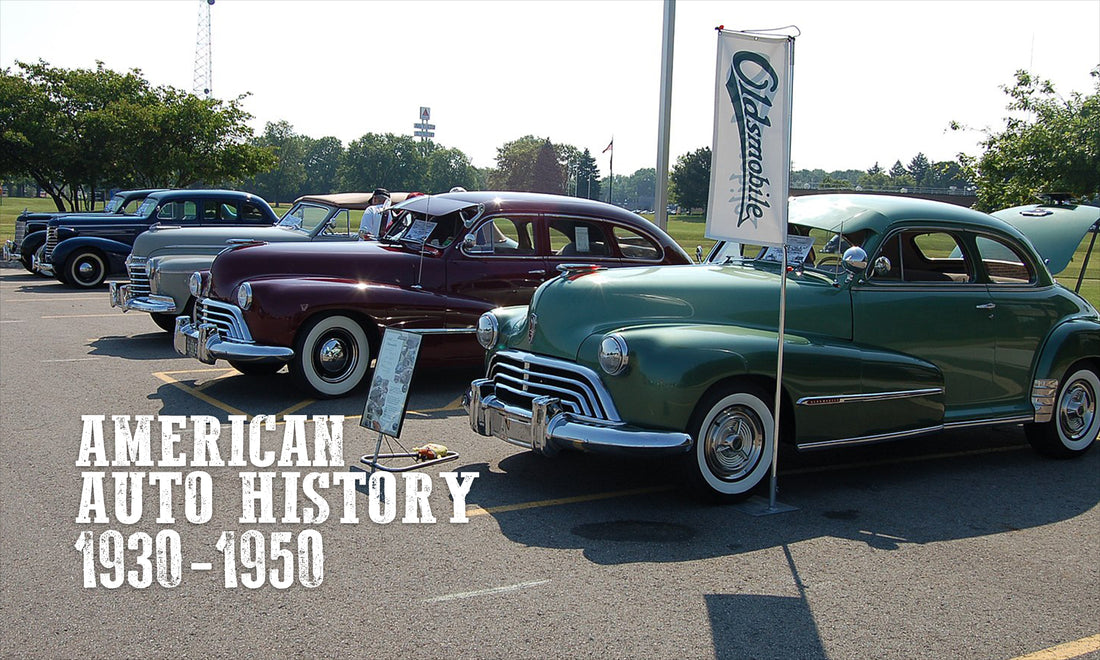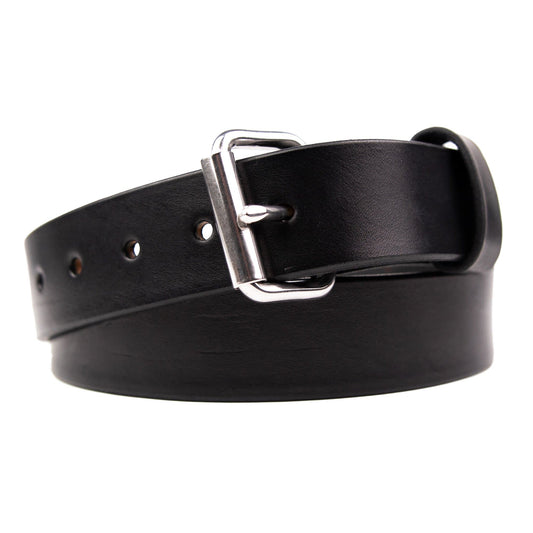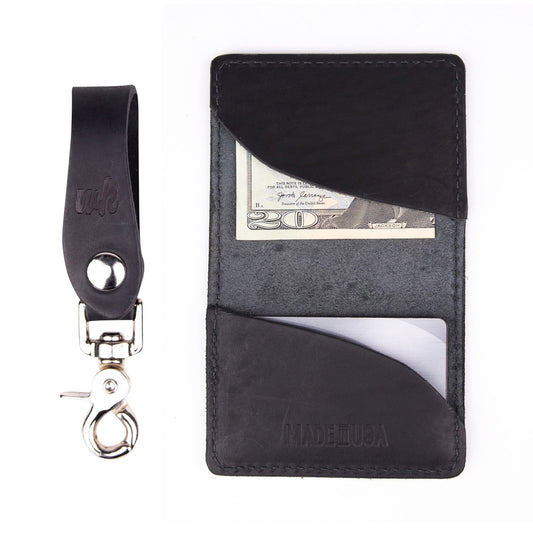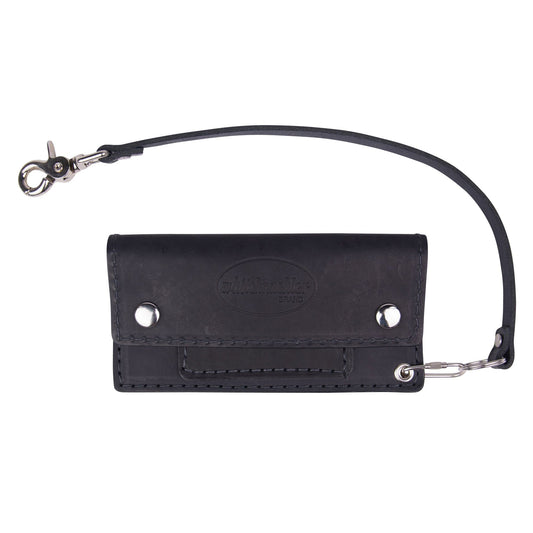American Automotive History: 1930 to 1950

By 1930, the American automotive industry was getting revved up and was on the verge of big changes. In the previous decade, many competitive automakers had risen up and many had failed. The remaining companies like Dodge, Chevrolet, and the “Big Three” — Ford, GM, and Chrysler — were working on ways to appeal to new demands and processes.

The 1930s

The early 1930's were not a good time to be an automaker, though they were a decent time to be an auto buyer. With the beginning of the Great Depression, many manufacturing industries had major financial issues and millions of workers lost their jobs. An automobile represented American prosperity, and Americans were not prosperous at that time.

Despite the economic downturn, Americans still loved their cars. While car sales fell off by 75% in the first three years of the Great Depression, there were still cars on the road. Many households still had two vehicles available — they just weren't buying new ones as often.

Big changes were slowly but surely coming to technology as well. More cars had built-in amenities that we now take for granted like heaters and radios. They were also built in a more rounded fashion instead of the relatively square bodies from the 1920s. The automatic transmission had also become available, making it easier for the average person to learn to drive a vehicle, whereas it had previously required some level of training.

While there are many vehicles we could discuss from the 1930s, we'll focus on just a few. Henry Ford himself designed the engine in the 1932 Ford V8 Cabriolet, which featured a single-piece V8 engine, called “en bloc”, as well as a downdraft carburetor which fed the engine fuel more effectively. The vehicle was designed by Edsel Ford and had a unique design sense. It was a bit smaller, making it a popular vehicle for people who desired speed at a time when cars were relatively slow.

1940s
World War II is considered a turning point in automotive history for a variety of reasons. First, with the United States entering the war, car manufacturing slowed severely, in part because of a shortage of the raw materials needed to build cars. These materials were instead used to build firearms, tanks, planes, and military vehicles. Cast iron and different types of steel were used instead, making vehicles heavier.

Once World War II ended, consumers had a new sense of optimism. Factories had proven that they were able to pump out products at high volume, and people began to have considerably more money than prior to World War II.

Cars also became bigger and more luxurious. Brakes were redesigned to use hydraulics and more consistent use of brakes, pads, and rotors. The automatic transmission became more common. Power windows were introduced as well, and Chrysler began to develop the first ignition key for an engine.

Gas was cheap (at least compared to now!) at about 26 cents per gallon.

Even with new consumer optimism, the automotive industry had become fiercely competitive. Many automakers failed to make a profit and hundreds of automaker lines died. One example, Crosley, was America's least expensive car from a company that was known for building radios and fridges — but not cars after 1953.

1950s
Cars changed quite a lot throughout the 1950s. Thanks in part to an expanded national highway system, cars could travel at higher speeds and more vehicles could be on the road at the same time. Many more drive-throughs opened, along with drive-in movie theaters. Automobiles were becoming peak American culture.

Cars were also made to look more unique. Different colors were much more readily available, with reds, greens, blues, and pinks zipping down freeways instead of Henry Ford's choice of black or black. Chrome flowed into the handles and grills of many new cars. The designs seen at many modern car shows were becoming much more popular — and possible. In the late 1950s, you could certainly describe cars as unique and flamboyant.

Many auto manufacturers had to change, too. Big companies like Packard and Studebaker merged while Hudson and Nash did too. A number of these companies previously had defense contracts that had kept them afloat during the war, but they soon discovered that the competitive auto world could benefit from merging two companies together instead of competing over pricing and innovation.

In the 1950s, it was also possible to buy vehicles — mostly inexpensive ones — at department stores like Sears whose Allstate model which was introduced in 1951.

Internally, cars changed too. Power brakes became readily available and power steering made it easier for anyone to drive a car. With Chevrolet's high compression V8s, cars also became more powerful. With the cost of large, powerful engines coming down, the hot rod era was about to kick into high gear.






